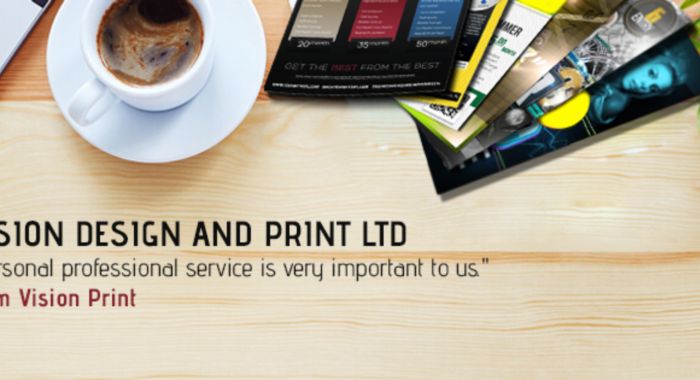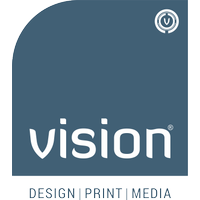Product packaging is becoming an increasingly important form of advertising.
The box now is not just used to ship something, Mike Jerome, manager of The BoxMaker’s Bellingham branch, said. “It’s also used to help sell something.
As customers increasingly research online before they buy, and buy more products online, packaging is one of the few ways sellers can still control their message, Katy Hart, marketing and communications manager for The BoxMaker, said.
Your packaging might be the first physical touch point that consumers have with your brand, Hart said. That unboxing experience and that conversation that you have the opportunity to have with them is huge now.
That’s where The BoxMaker comes in.
The family-owned company is based in Kent and has been in business for 36 years. It started out just making corrugated cardboard boxes. Now it has five branches throughout Washington and Oregon, and engineers and prints corrugated packaging and labels in house, and works with outside partners to offer almost any other type of packaging, including things like plastic bags and foam.
For a long time, the only method of printing on cardboard was called flexographic printing basically the same method as a printing press.
It’s like a big rubber stamp, Jerome said.
A separate stamp, called a print plate, has to be manufactured for each different color that is going to be printed.
But digital has hit the packaging industry.
The BoxMaker recently invested in digital printers basically just like an at home digital printer, but more than 40-feet long, and can handle huge flattened boxes and other types of cardboard.
Digital printing opens all kinds of new doors for businesses to sell their products, especially small and startup businesses.
With flexographic printing, making print plates can require a big cost investment upfront. That means a company had to be ready to order a huge volume of packaging to make the initial investment worth it.
Now, small companies have access to more, cheaper options when it comes to packaging.
The BoxMaker also introduced a new service called Fantastapack, which allows customers to design their own boxes and labels online. They’re shipped out within 10 days. Plus, there’s no minimum order.
We’re able to deliver a finished product to our client from the time they upload their artwork within 10 days,” Hart said. Which has never before been possible.
In-store displays are another option that’s more accessible to small businesses thanks to digital printing. Before, creating a cardboard display that sits on the ends of aisles and holds product would be a huge investment. It could cost around $10,000 just to make the print plates, Jerome said, and another $10,000 to make the cutting dies. So it was really only cost-effective for national brands to use these in-store displays.
But digital printing has brought the cost per unit of these displays down, and now businesses that sell their product in a few stores have access to this in-store advertising.
Another huge explosion in the packaging industry has been in subscription boxes — things like meal-kit delivery services or other regular product delivery.
With digital printing, every month’s box can have a different design and it can even be customized for each customer.
We could literally produce a thousand unique boxes that could go out to people’s homes, Jerome said.
Despite the benefits, the high price of investment in these new printers means that the packaging industry was slow to adopt digital, Hart said.
When The BoxMaker bought its printer, it was only the second one sold in North America. That’s changing now, however, as more and more companies are hopping on board. When the company first launched its Fantastapack service in 2015, there were only one or two other companies offering a similar service, Hart said. Now there are 15.
Companies are rapidly starting to adopt digital,” Hart said. We’re on that turning point right now.

